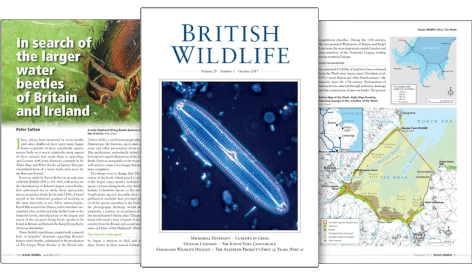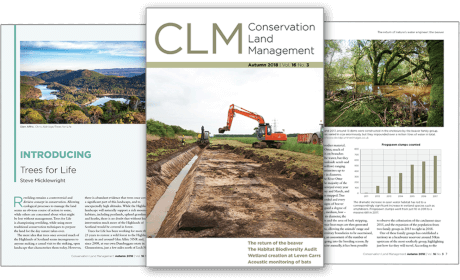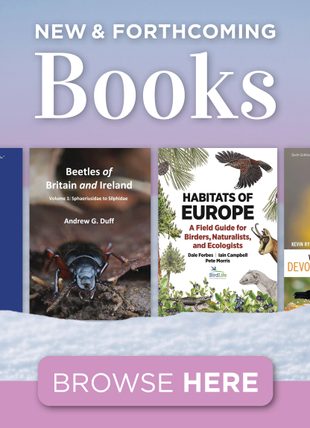About this book
This book invites its readers to dive into the depths of marine mammal bioacoustics. The ocean is a noisy place – naturally as well as anthropogenically. This book explores the fundamentals of ocean acoustics, revealing the intricate sources of underwater noise that challenge marine life. Readers delve into the unique vocalizations of mysticetes, odontocetes, pinnipeds, otters, and sirenians, uncovering their diverse communication in stormy waters. The book presents research on marine mammal hearing and the impact of noise on their physiology and behaviour, from the subtle behavioural responses to the broader biological significance of these effects. With insights into the management of anthropogenic noise, this book equips students, researchers, environmental managers, policy makers, conservationists, and enthusiasts alike with vital knowledge for protecting our ocean's acoustic environments.
Contents
Chapter 1. Fundamentals of Ocean Acoustics
Chapter 2. Sources of Underwater Noise
Chapter 3. Mysticete Sounds
Chapter 4. Odontocete Sounds
Chapter 5. Pinniped Sounds
Chapter 6. Otter Sounds
Chapter 7. Sirenian Sounds
Chapter 8. Marine Mammal Hearing
Chapter 9. Physiological Effects of Sound on Marine Mammals
Chapter 10. Behavioral Responses to Underwater Noise
Chapter 11. Biological Significance of Responses to Noise
Chapter 12. Management of Noise
Customer Reviews
Biography
Christine Erbe holds an M.Sc. degree in Physics (University of Dortmund, Germany) and a PhD in Geophysics (University of British Columbia, Canada). She worked as a Research Scientist at Fisheries and Oceans Canada, was Director of JASCO Applied Sciences Australia, and eventually returned to academia, where she is now Director of the Centre for Marine Science and Technology at Curtin University (Perth, WA, Australia) and Director of the Centre of Ocean and Earth Science and Technology at Curtin University (Moka, Mauritius). Christine's interests are underwater sound (biotic, abiotic, and anthropogenic), sound propagation, signal processing, and noise effects on marine fauna. She's a John Curtin Distinguished Professor, Fellow of the Acoustical Society of America, Board member of the International Commission for Acoustics, former member of the ISO Technical Subcommittee on Underwater Acoustics, former Chair of the Animal Bioacoustics Technical Committee of the Acoustical Society of America, and former Chair of the international conference series on The Effects of Noise on Aquatic Life.
Dorian Houser holds a PhD in Biology from the University of California - Santa Cruz (USA). After completing a National Research Council Post-Doctoral Associateship at the US Navy Marine Mammal Program, he started the research consultation company, Biomimetica, which he operated until 2010. In 2009, he joined the National Marine Mammal Foundation, where he currently serves as the Director of Conservation Biology. Dorian's scientific interests include marine mammal diving, fasting and stress physiology, bioacoustics, and behavior. Dorian is a Fellow of the Acoustical Society of America, from which he received the R. Bruce Lindsay Award (2007). He served multiple terms as the Chair and Vice-Chair of ANSI/ASA S3/SC1 Animal Bioacoustics Accredited Standards Committee and as a member of the ASA Animal Bioacoustics Technical Committee. He has also served as a subject matter expert to the US Navy and multiple governments concerned with the impact of ocean noise on marine life.
Ann Bowles received her PhD in Marine Biology from the Scripps Institution of Oceanography and now leads the Animal Behavior and Senses Program at Hubbs-SeaWorld Research Institute (HSWRI). She has 45 years of experience in the study of animal behaviour, sound production, perception of sound, and effects of human-made noise on marine and terrestrial species. She has investigated behavioral responses to sources ranging from intense geoacoustic sources and low-flying military aircraft to low-amplitude net alarms and ultrasonic coded transmitters. Ann has studied a wide range of marine mammal species, including baleen whales, toothed whales and dolphins, seals and sea lions, polar bears, and manatees. She has served on a wide range of advisory panels for agencies and organizations such as the Office of Naval Research, International Union for the Conservation of Nature, National Park Service, and National Oceanographic and Atmospheric Administration. She helped develop criteria for protecting marine mammal hearing from noise and is involved in ongoing efforts to establish criteria for behavioural responses. She has formal affiliations with the Department of Ocean and Environmental Sciences at the University of San Diego and the Department of Biology at the University of California at San Diego.
Michael B. Porter obtained his PhD in 1984 from Northwestern University (Applied Math.). He was a scientist at the then Naval Ocean Systems Center in San Diego, then took a position as a research physicist at the Naval Research Laboratory in Washington, D.C. He spent 4 years at the NATO Undersea Research Centre in La Spezia, Italy, in the Environmental Acoustics group, where he co-authored the standard text on Computational Ocean Acoustics (with Jensen, Kuperman, and Schmidt). He subsequently joined the Mathematical Sciences Department at the New Jersey Institute of Technology as a Professor for 10 years. He moved to Science Applications International Corp. in San Diego as Assistant Vice President and Chief Scientist. In 2004, he founded Heat, Light, and Sound Research, Inc. Michael held visiting positions at the University of Algarve (1996) and the Scripps Inst. of Oceanography (1997). Michael's work has been recognized with the A.B. Wood Medal of the Institute of Acoustics, the Innovators Award for the Naval Research Laboratory, the Rabbi Award from SAIC, and the Pioneers Medal of the Acoustical Society. of America. He established the Ocean Acoustics Library, which continues as the primary internet source for ocean acoustics models.


































